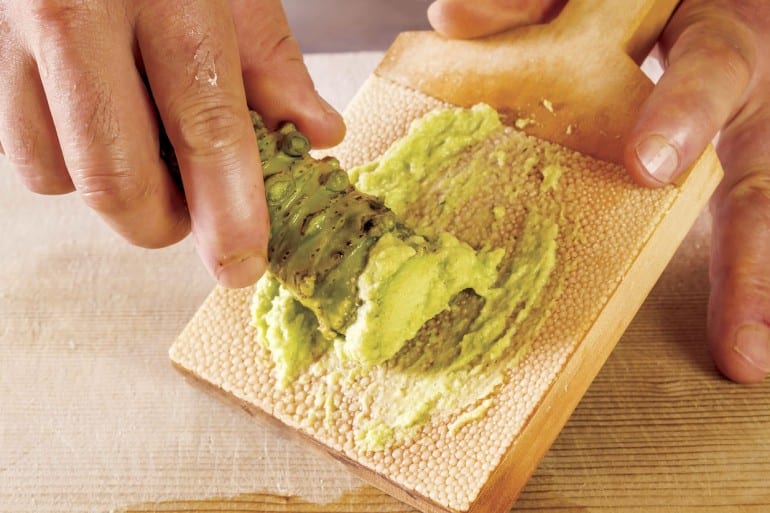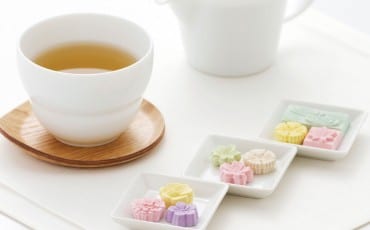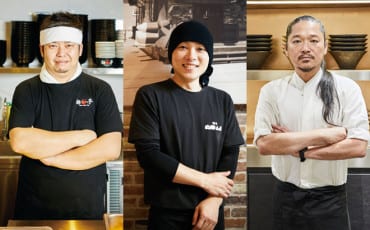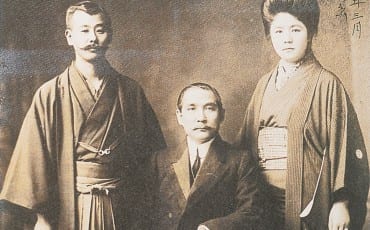- OISHII
- OISHII Wiki
- Ingredients
- Wasabi
OISHII Wiki
Ingredients
Wasabi
Watching anyone try wasabi for the first time is always somewhat of a hilarious experience. How many times have you laughed at a friend as he experiences the fiery vapours of the pungent condiment shooting up his nose, watching as he chokes while his eyes water?
While wasabi is commonly known as “Japanese horseradish”, wasabi is actually a completely different plant from horseradish, although horseradish may be used as a substitute for wasabi due to its scarcity. Wasabi has long been a part of Japan’s food culture, dating as far back as the 10th century. There are records of vegetarian wasabi dishes served in temples during the Kamakura period (1185 – 1333).
The plant grows naturally in cold mountain streams, but after the 16th century, the Japanese started actively cultivating wasabi. The story goes that Ieyasu Tokugawa, founder of the Edo Shogunate, became obsessed with wasabi due to its leaves resembling the Tokugawa family crest. As such, he forbade its sale outside of the Tokugawa family.
Full-scale cultivation of wasabi began during the 17th century, in the Utogi city of Shizuoka, before spreading to Amagi (also in Shizuoka). Both areas are still major wasabi production regions today.
Unfortunately, much of the wasabi you may have eaten may not actually have been real wasabi at all. That’s because real wasabi, which comes from the wasabi japonica plant, is quite hard to cultivate and in extremely high demand in Japan. Most of the wasabi served in mid-priced Japanese restaurants are actually a mixture of horseradish and mustard.
Real wasabi, while hot, is not supposed to give that familiar burning sensation that many of us have become used to. It actually has a far smoother and cleaner taste, and the stem should be grated just before serving as it loses its strong flavour after some time.
Another fact that may surprise you is that wasabi was only eaten with sushi as recently as the early 19th century, although it’s been an accompaniment to sashimi and soba for far longer than that. The reason that it’s often placed between the rice and sashimi in sushi is to preserve its flavour.
The anti-bacterial properties of wasabi have, however, been long established, which was why it was eaten with raw shellfish and seafood. More recently, it’s been found that wasabi can help prevent the spread of E.coli and other forms of bacteria, and may even slow the spread of cancer.
(TEXT DENISE LI)










